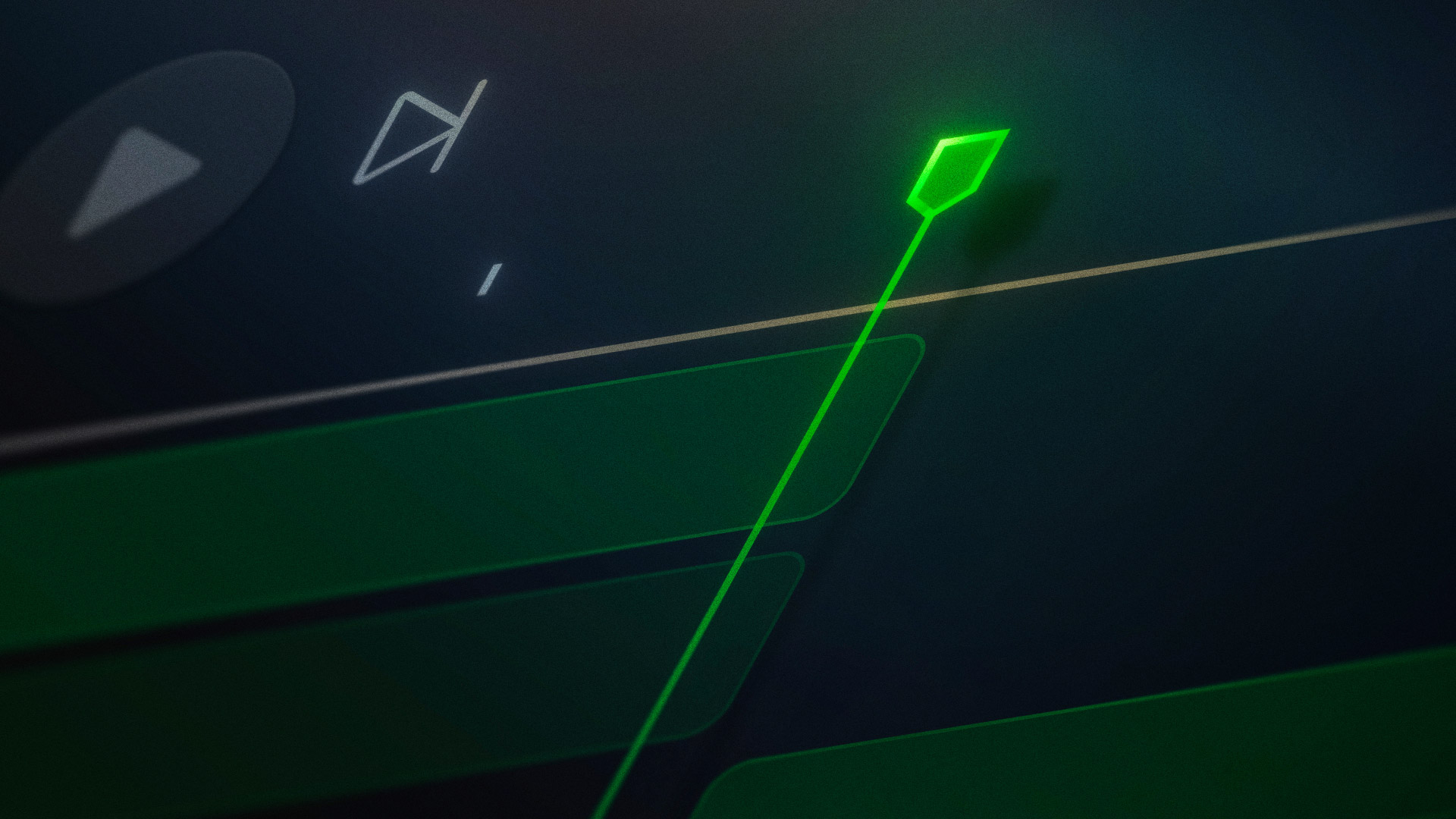JPEG
Short for Joint Photographic Experts Group, JPEG is a file format that uses lossy compression to maintain manageable file sizes without compromising image quality. Lossy compression reduces file size by selectively discarding less noticeable details to balance quality and efficient file handling.
You can use the JPEG file format to store and display website pictures. JPEG images are smaller than other formats like PNG files, enabling faster web content loading. An ecommerce website featuring product images in JPEG format, for instance, can maintain visual appeal while ensuring swift page performance.
This efficiency in loading times enhances the user experience and reduces bounce rates and cart abandonment, as visitors can browse and purchase items without waiting for images to load.
Explore the Webflow blog for guides on using WebP images — a lossless format lighter than JPEG and better suited to web design and SEO. Learn how images impact brand perception and how to use different image file types to optimize content and improve site performance.
.png)




